The more I travel the more my photography has evolved. I learn better in person so looking for tips online is frustrating.
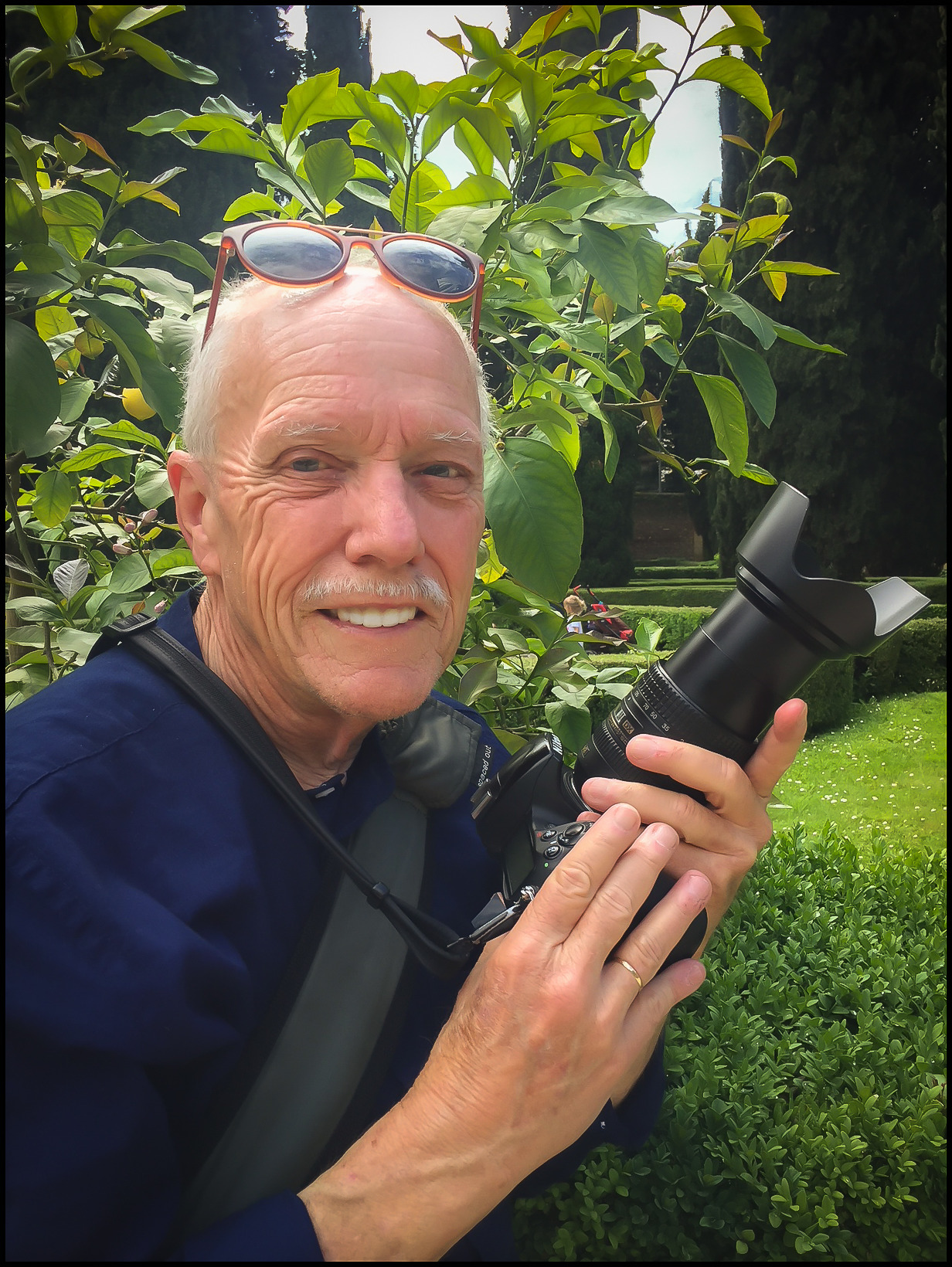
Recently when we were visiting Lucca I found out a man we had met was offering photography classes. I signed up right away and spent a morning with him, learning by slideshow and then by practice.
After taking this course and talking to Tom, I became really curious about how the field of photography has evolved. Luckily Tom indulged my curiosity after the class and granted me an interview over cappuccino’s one Spring morning.
When Thomas S. England started taking pictures in the late 60’s the field was completely different. Photographers worked with reporters to take photos that complimented the reporters tone. They shot in film and then sent the rolls back to the client to be processed and combed over. Film was expensive, developing was expensive, and travel was expensive, so photographers had to hone their crafts quickly. There were rarely opportunities to re-shoot.
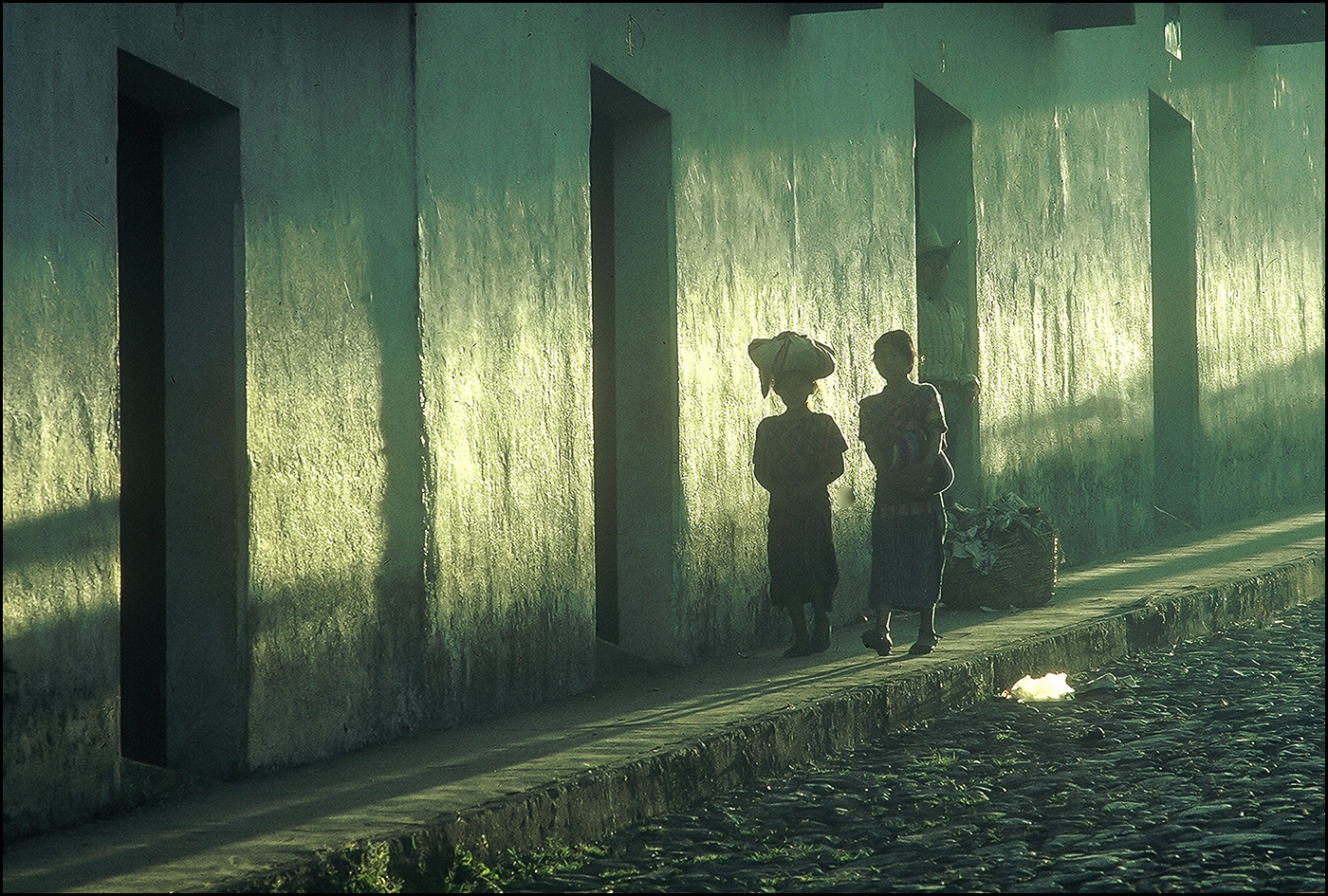
This meant photographers had to really know their cameras, their lighting, and their craft. As I think about that I realize how different it is from today and I am honestly a little jealous. To watch Tom use a camera is watching a craftsman with a tool that has become part of him. He holds it differently because he knows it differently. Those of us learning now have digital so our relationship with a camera will never be as intimate.
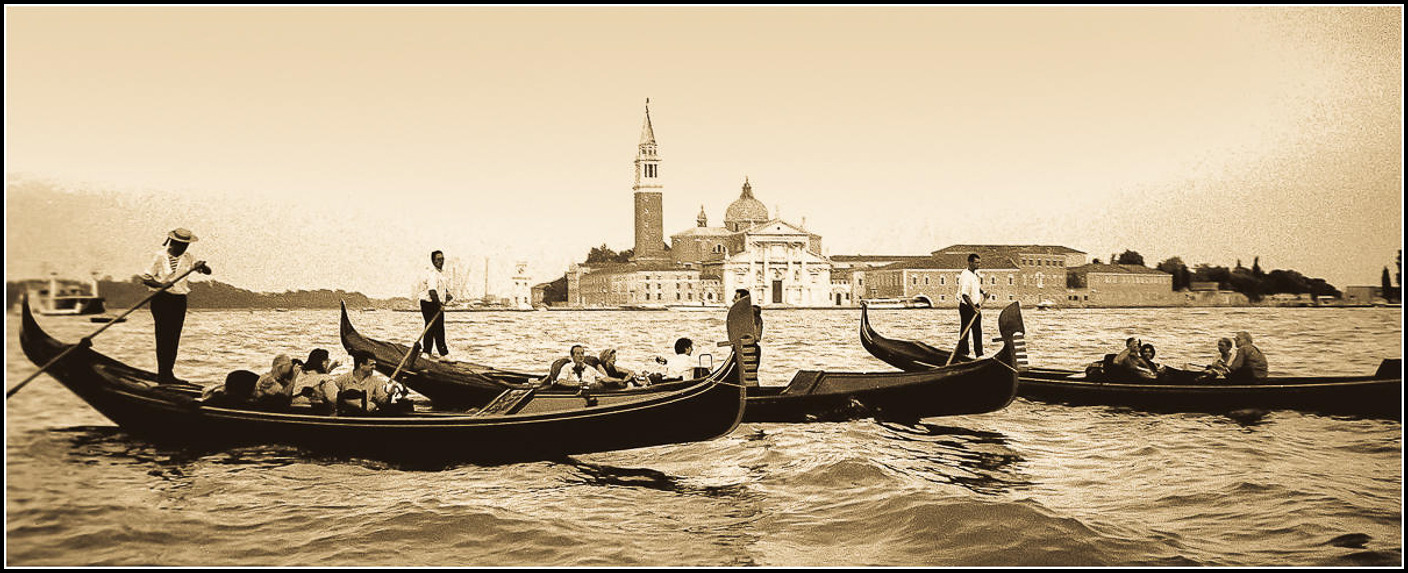
Tom reads a room, studies a scene and then follows the light, moving as it does. It was necessary to get it right the first time for so many years, without software to edit later. Again, I am a little jealous. Tom sees the world differently than me, he has to in order to be the photographer he is.
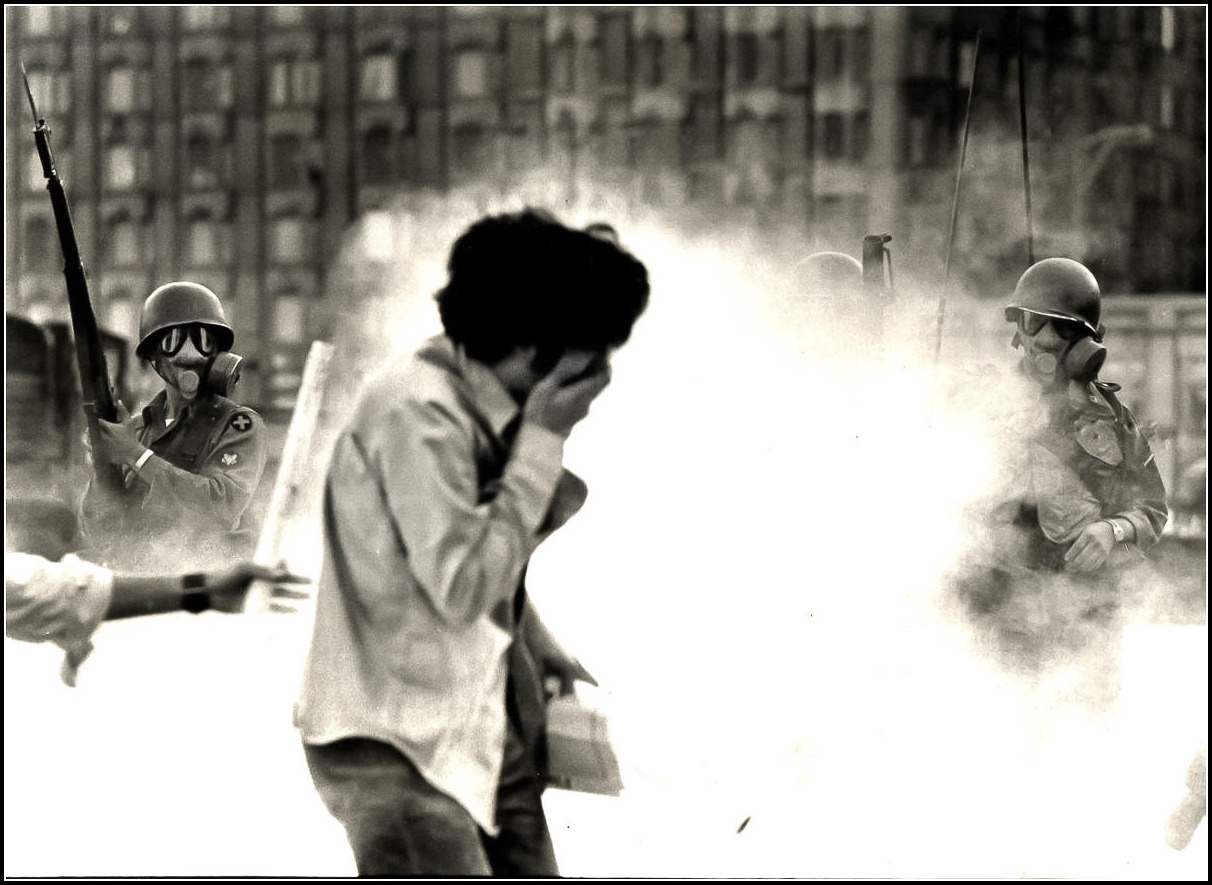
How It Began
As photography has evolved so did Toms career. He began photographing for a suburban newspaper in Chicago. His first assignment was shooting the Chicago Civil Rights and Anti-War protests. Eventually Tom went to work for People Magazine. This led him to eventually work with Time, Newsweek, National Geographic and The Carter Center. His resume reads like my dream list. Now he shoots for himself as he travels. He teaches courses for Emory University and for himself in his adopted hometown of Lucca, Italy.
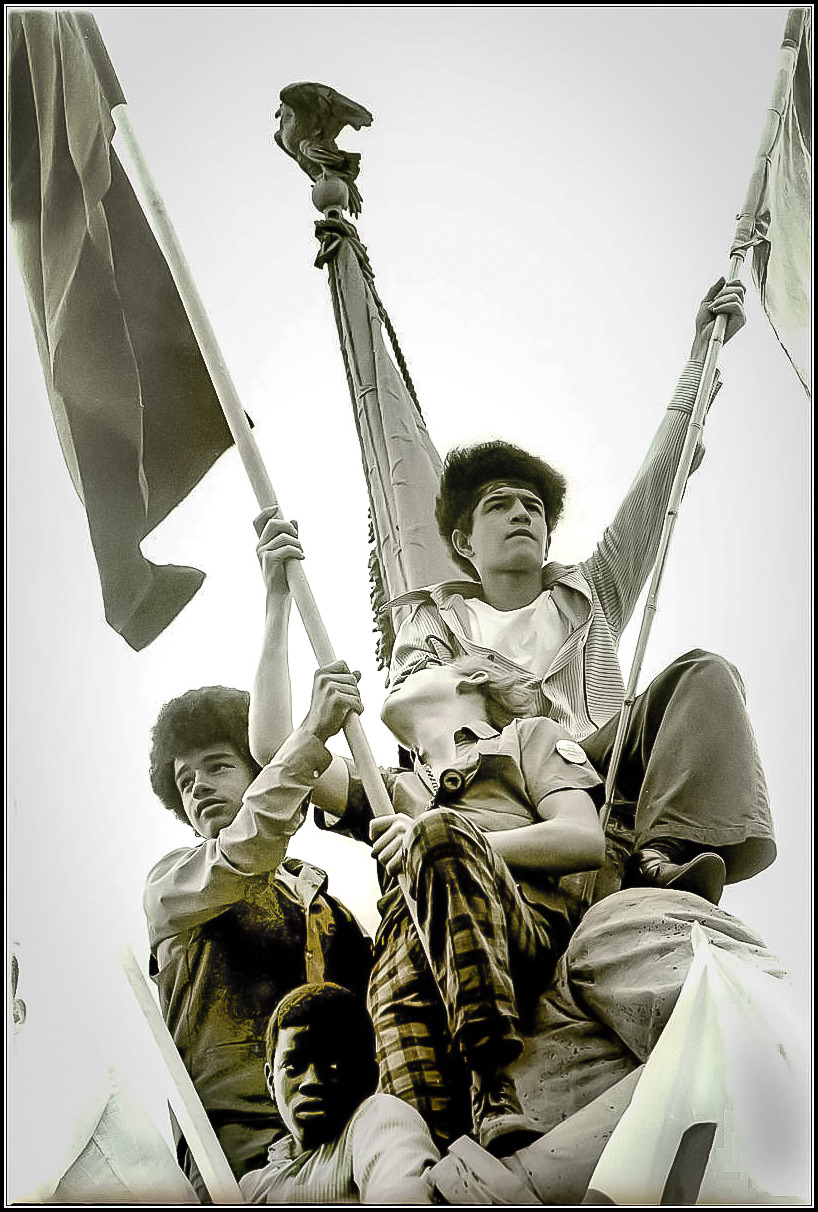
The Stories
There is a calm about him as we speak. His humility surprises me as he tells stories. They vary from shooting Johnnie Cash, Joe Cocker, Jerry Lee Lewis, Jimmy Carter, and others. This was his life so perhaps it doesn’t seem as incredible to him as it does to me. I asked him what his most memorable shoot was: It was the 1968 Democratic Convention. He was intrigued by the violence and division among the people, and surprised by the political disconnect between the younger generation and the establishment. There it was so intensely playing out before him as he worked to convey the scene. I can imagine what it must have felt like to stand among the anger, the violence, and the standoffs.
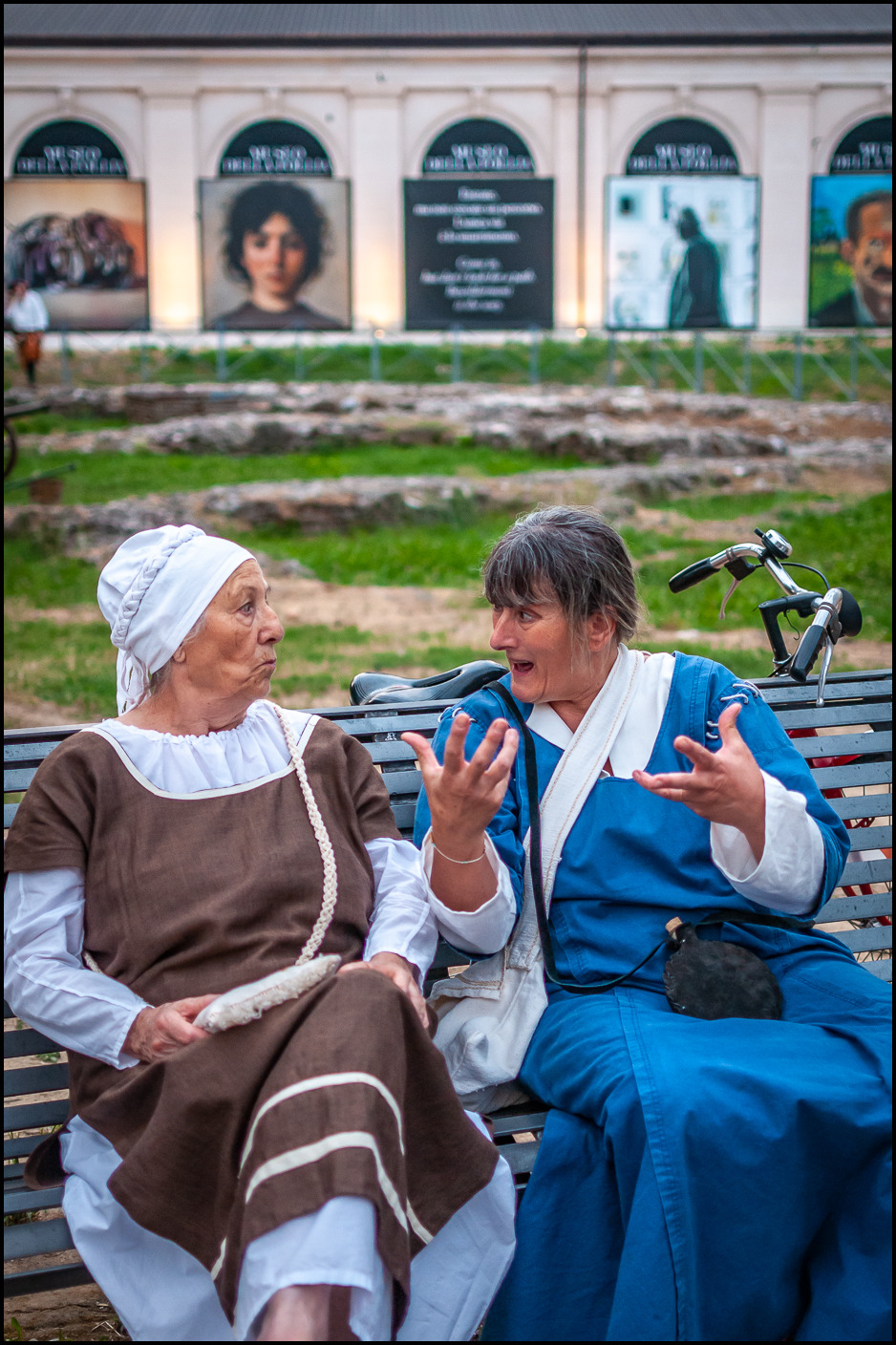
What is interesting to me is that Tom says one of the biggest losses with the way photography has evolved is the personal connections, not just with the subjects people are shooting, or the situations but with the editors, and the reporters. During Tom’s career a person would travel to New York with their portfolio under their arm and request to see editors. They would show their talents and talk face to face. Relationships were formed, editors knew who to call to cover which events or people. They understood the photographer’s styles and perspectives.
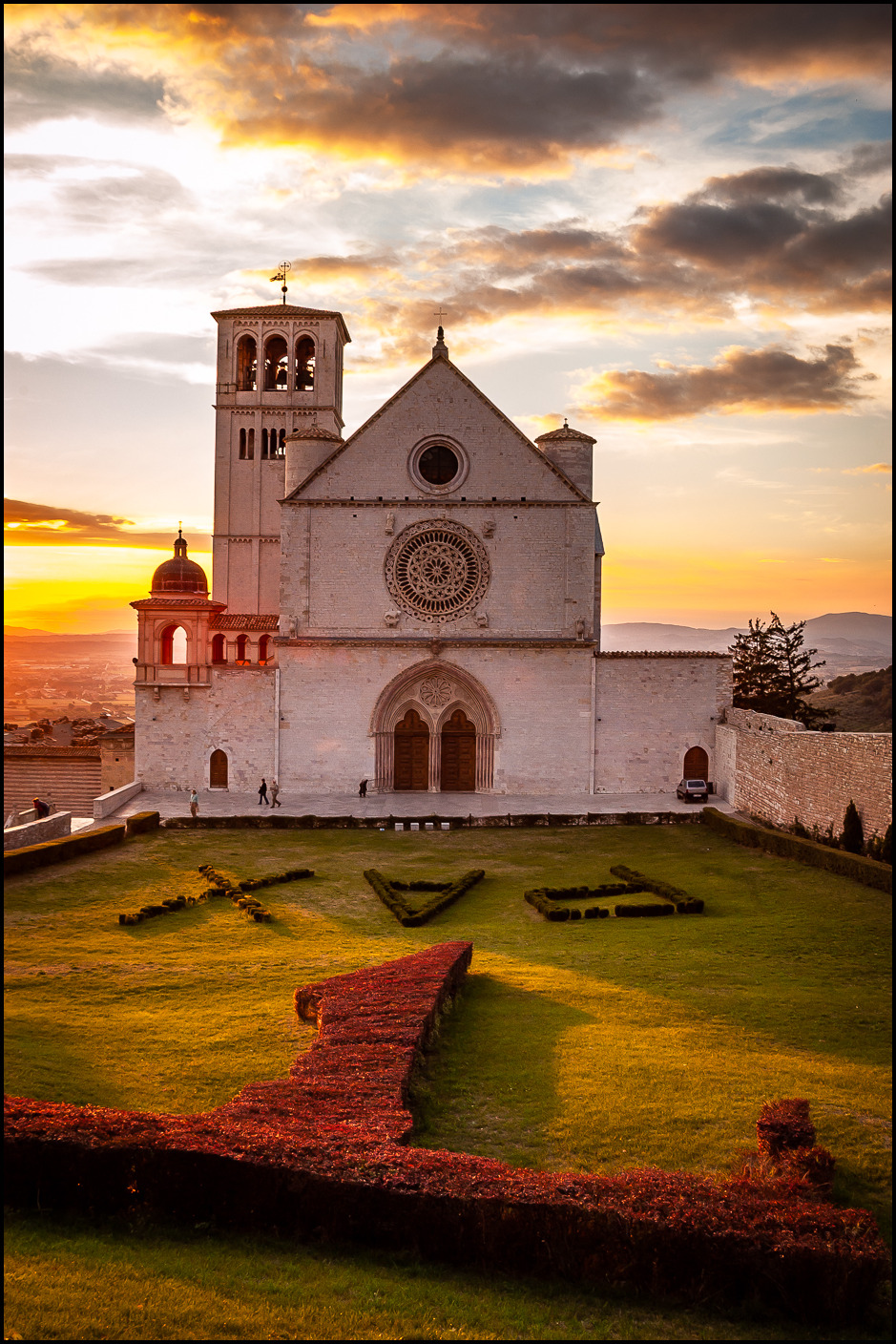
While the personal connection has been lost so are the 4-5 cameras photographers would carry around their necks. That Tom does not miss. He loves the ability to capture the spontaneity in life with digital cameras, and to edit them later rather than missing a moment completely. After all for Tom photography was a way to see things in the world for himself. He wanted to gain an understanding of the world and world events through his own experiences, and then share them.
Now as a teacher Tom enjoys sharing his knowledge, and sifting through his images analyzing his work. He has enjoyed the challenge of learning how to turn it into teachable moments.
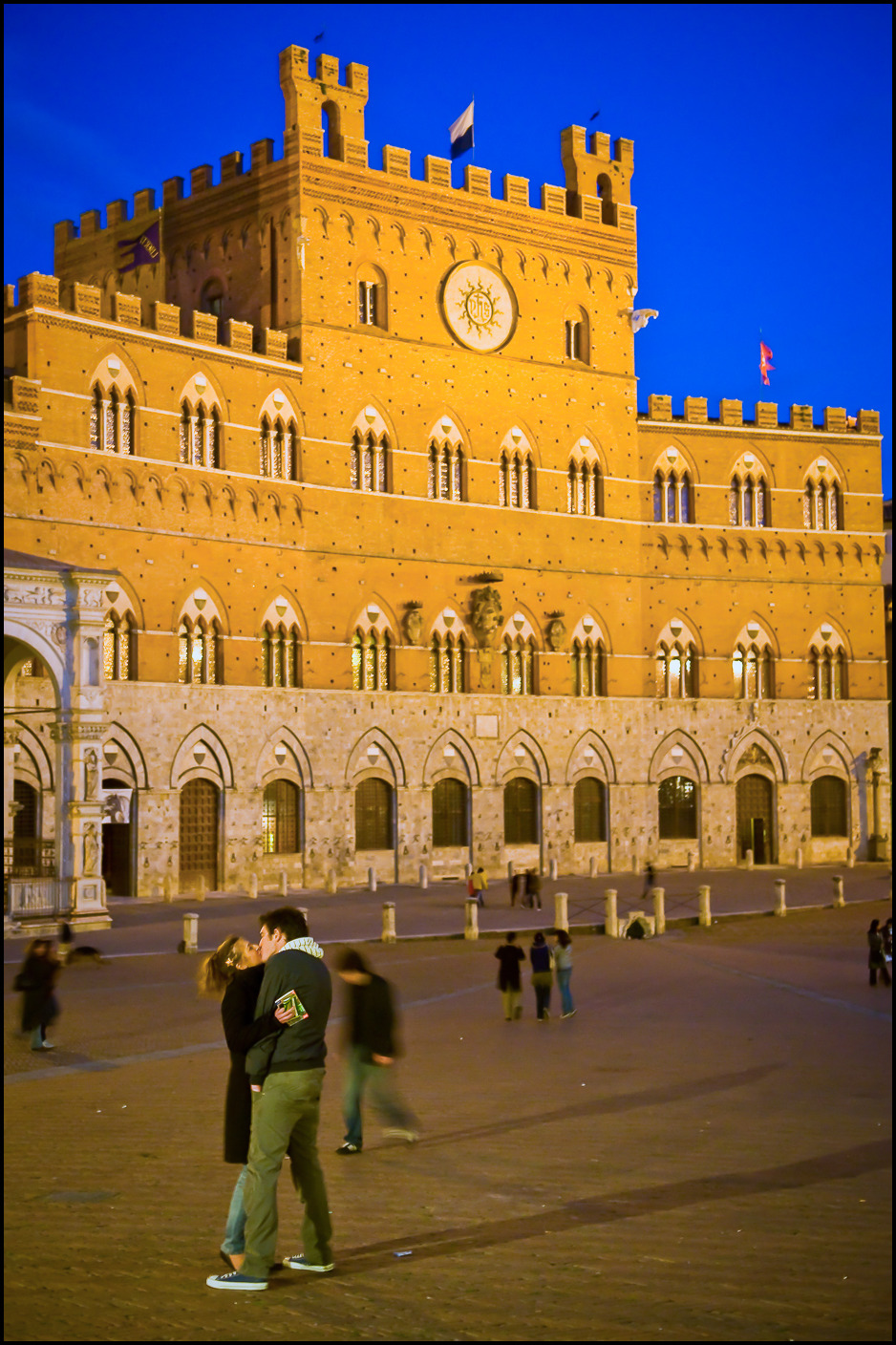
I asked Thomas if he would still choose photojournalism as a career now. After a long sip of his cappuccino he said he wasn’t sure he would. He realizes he would never be able to have the career he did because the field has changed too much. As much as he enjoys the modern technology the lack of connection and the overcrowding of the field would possibly be too discouraging. He recognizes that now to stand out a photographer must be a specialist in something. Their Point Of View must be defined.
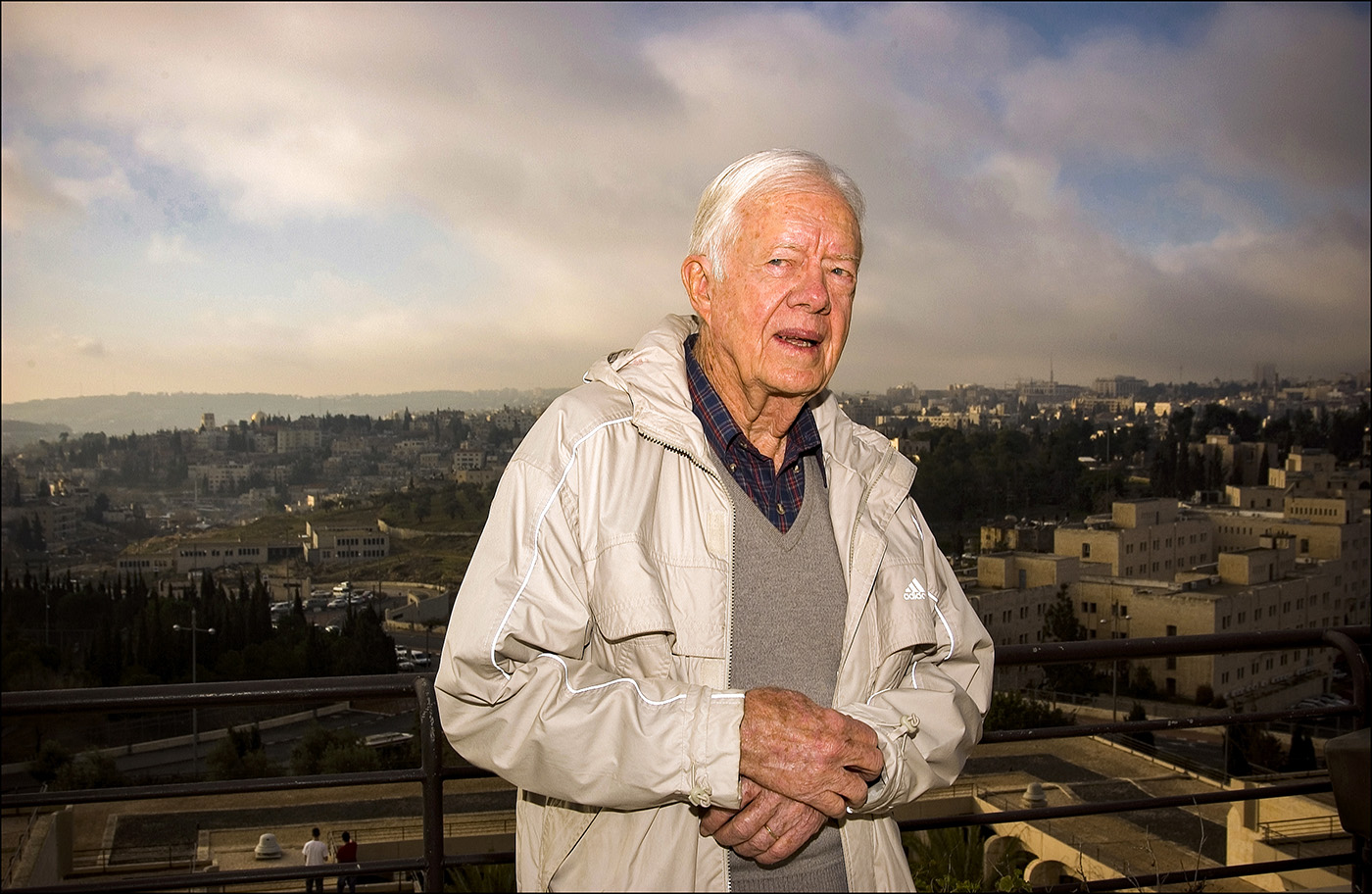
As we wrapped up our interview it became clear that Tom was most proud of the work he did with The Carter Center. His admiration for the man Jimmy Carter is was evident from the moment he began to tell me about his experiences. This would explain why the most dramatic experience of his career was traveling to Palestine with the former President Carter. They were there for 10-12 days and Tom was able to cover the private meetings between Carter and other dignitaries. He was also able to shoot the election and stand in the midst of it-witnessing the emotional moment.
We couldn’t help but talk about some of the contemporary photographers which led us to discussing Pete Souza. Both of us shared our adoration for the job he has done covering the Obama’s. It is the thing Tom wishes he could have covered. After spending time with Tom I wish he had too. His humility and deep respect for the craft would have been a gift.
How To Find Him
If you find yourself in Lucca or the surrounding area take a few hours out of your vacation and take Tom’s class. I learned so much more than lighting. My perspective changed, and my overexposure decreased dramatically. Tom taught me to look at things from different angles, to study the lighting and to take my time. Photographs are about capturing moments. If we take our time we can capture unique moments even among the most iconic settings.
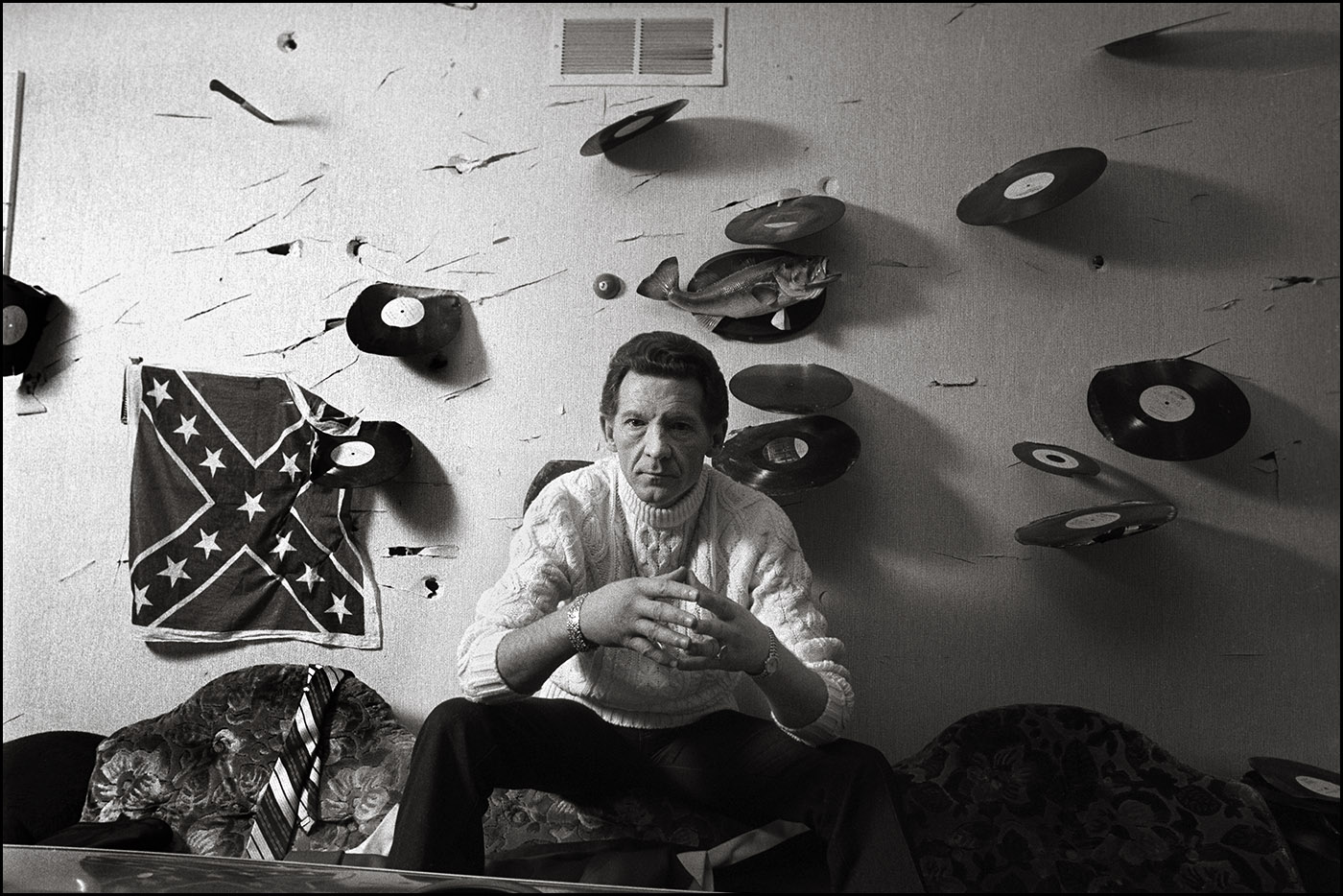
A perfect example is Tom’s favorite picture: Jerry Lee Lewis. The holes on the wall are from the albums Jerry Lee Lewis didn’t like. He would throw them at the wall. Sometimes they would stick there, artistic statements to Jerry Lee Lewis’ taste in music.
To read more about the class Tom England offers on Airbnb you can read my article here. Check out his class here or contact him directly here.
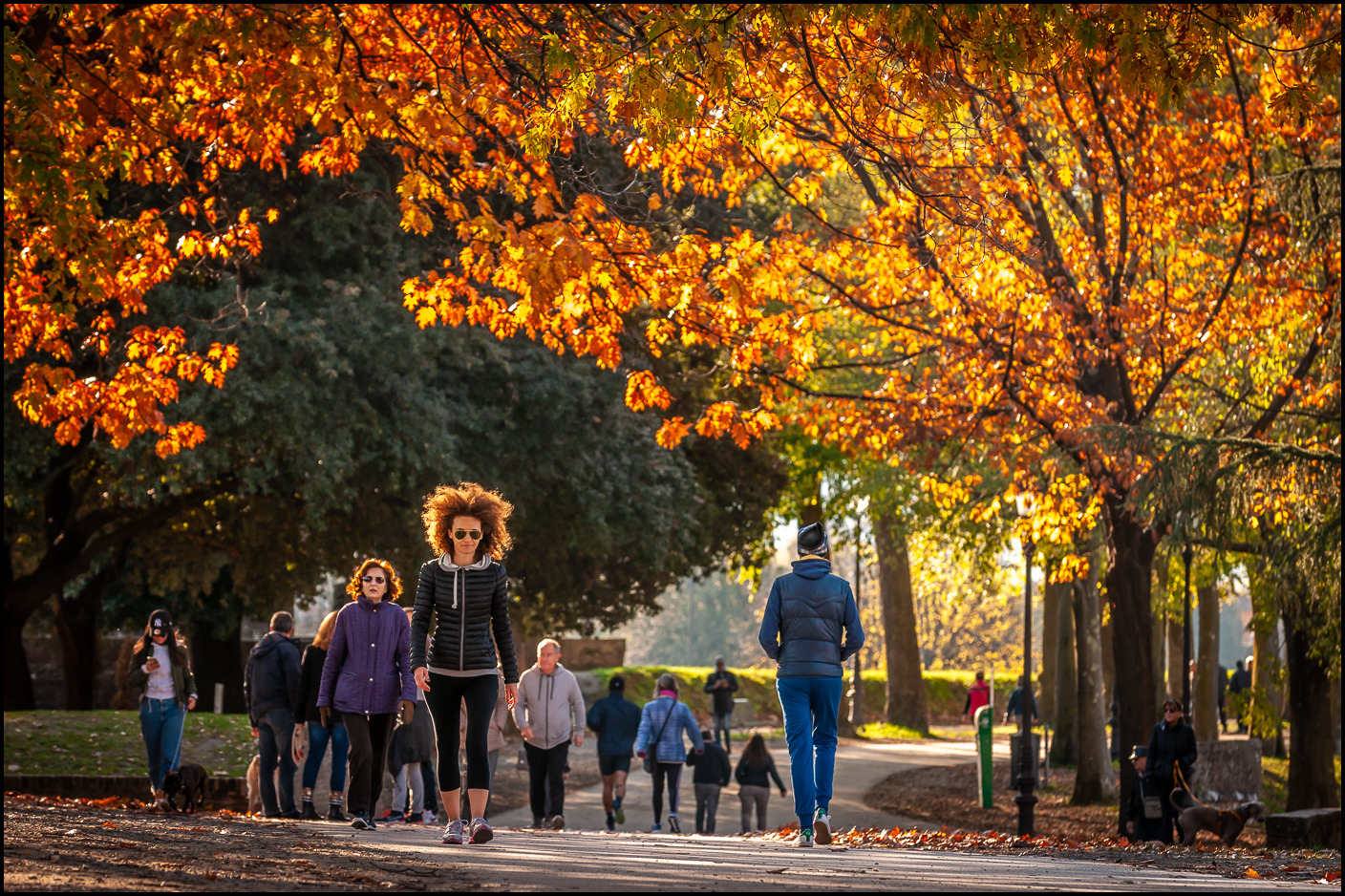
For some added inspiration spend some time on Thomas’s website. It is an amazing journey through time. Can you see how photography has evolved by visiting his site?
Feature Image is by Thomas S. England
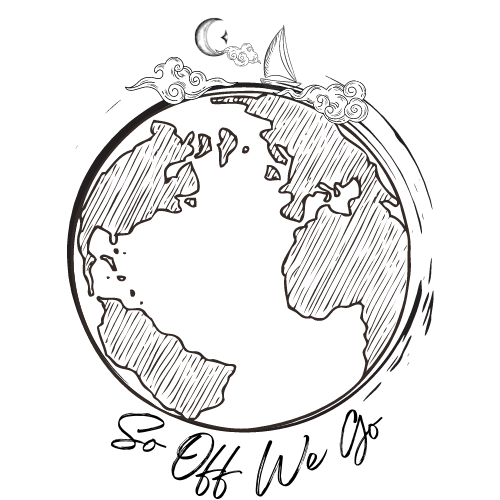
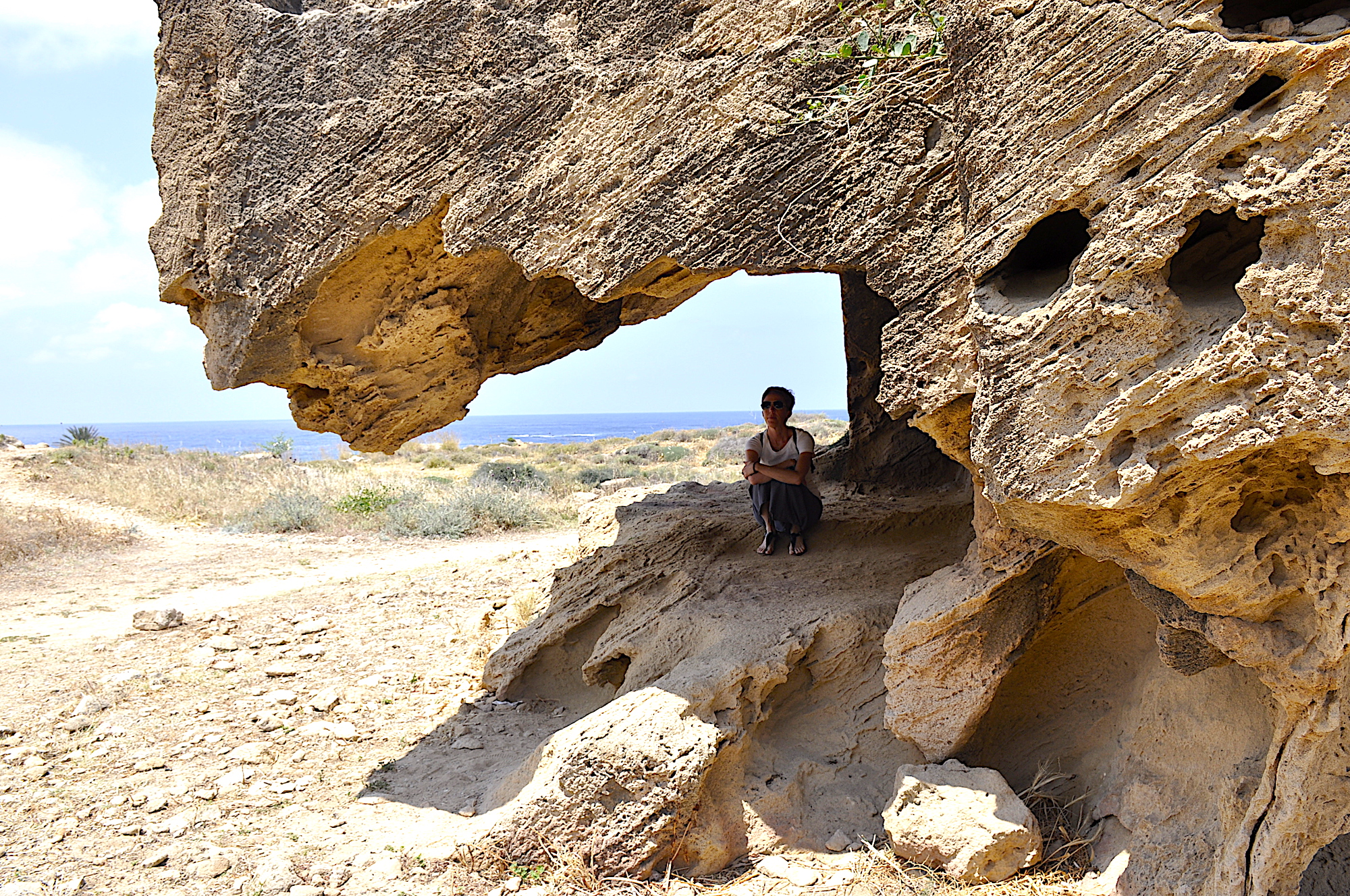
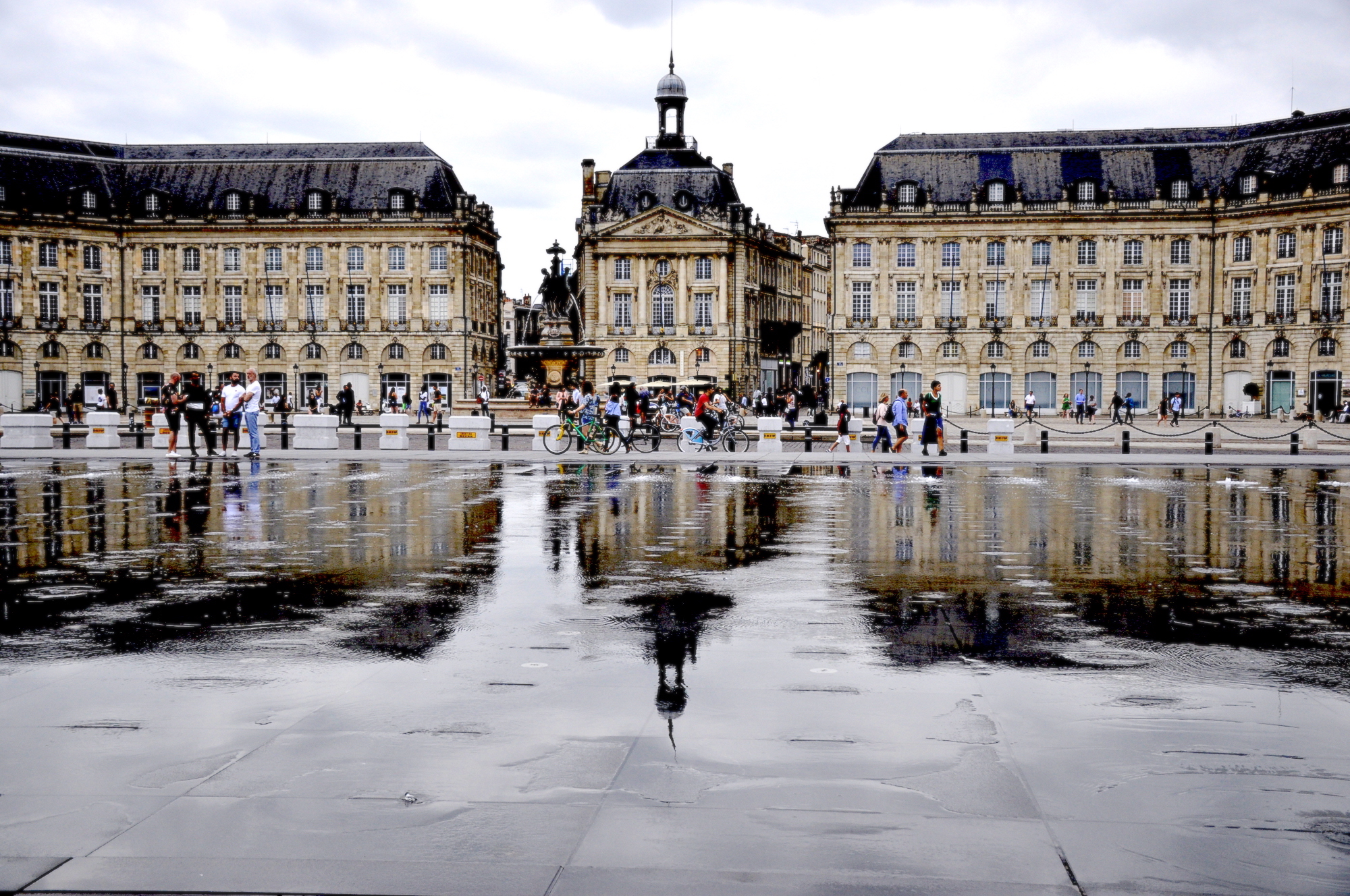
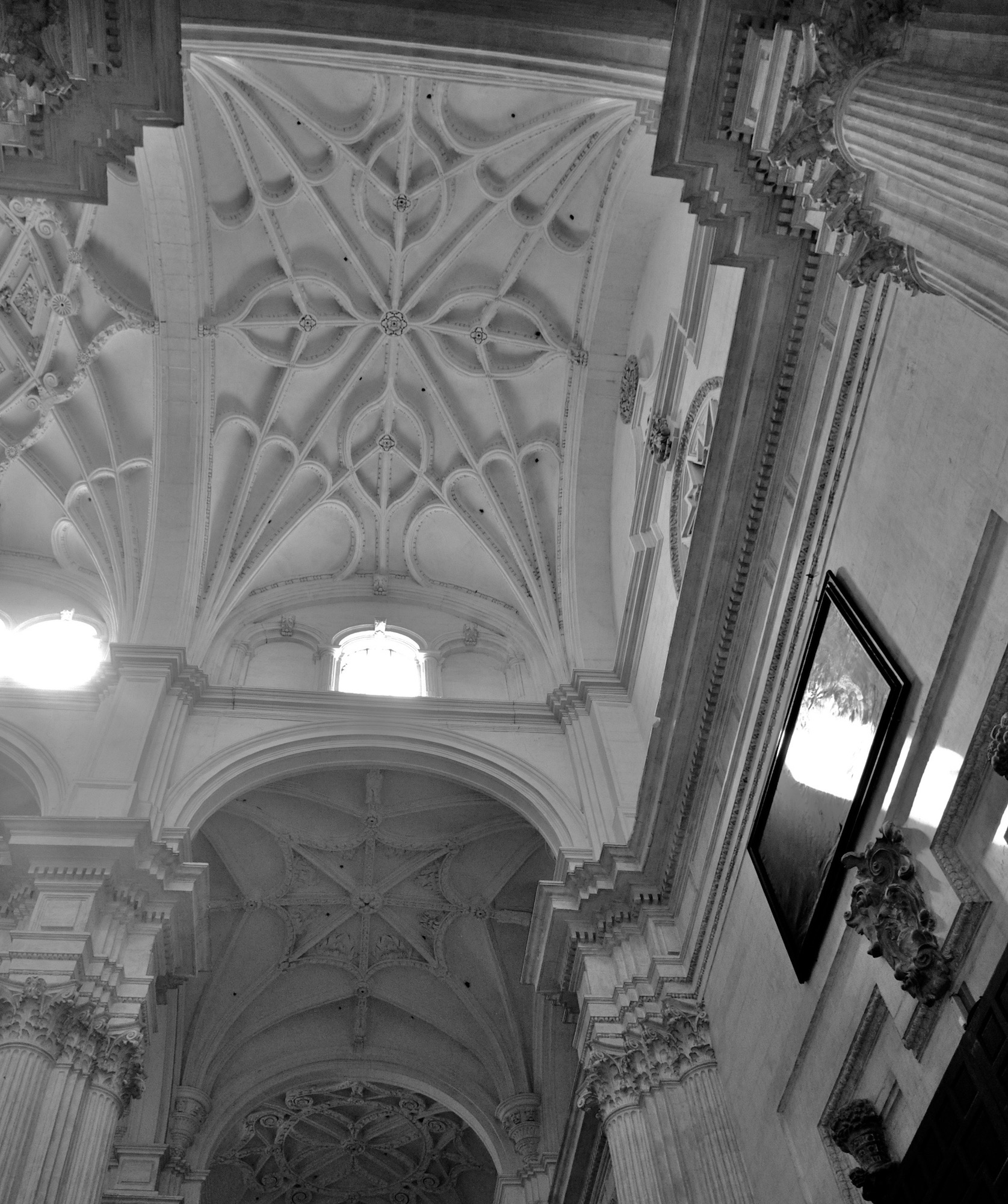
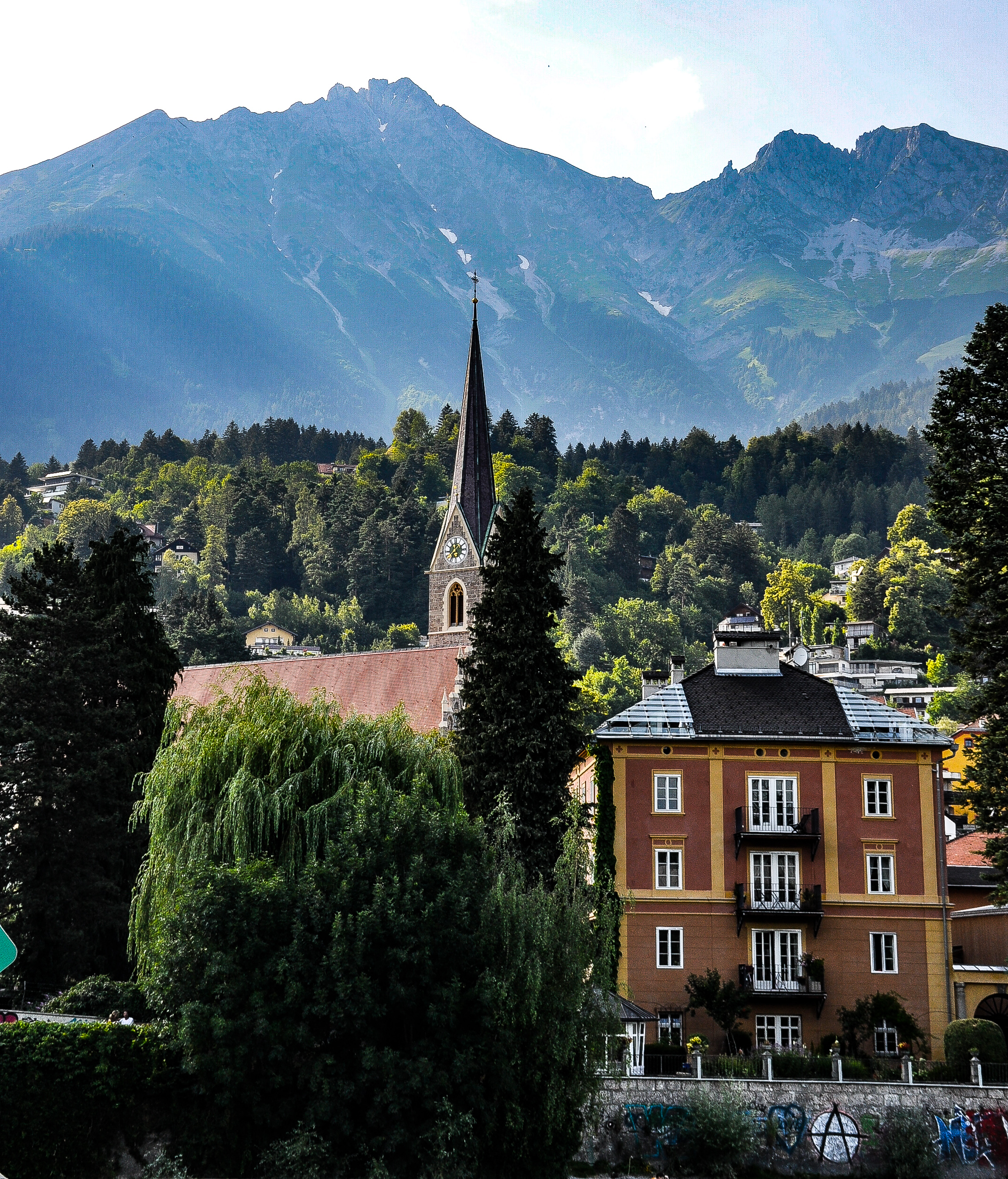
Great interview! I enjoyed reading about Tom!
Thank you! He is a great guy who always inspires me with his incredible talent and knowledge.
Great article. I love the lead photo!
I do too! I am so humbled by his work.